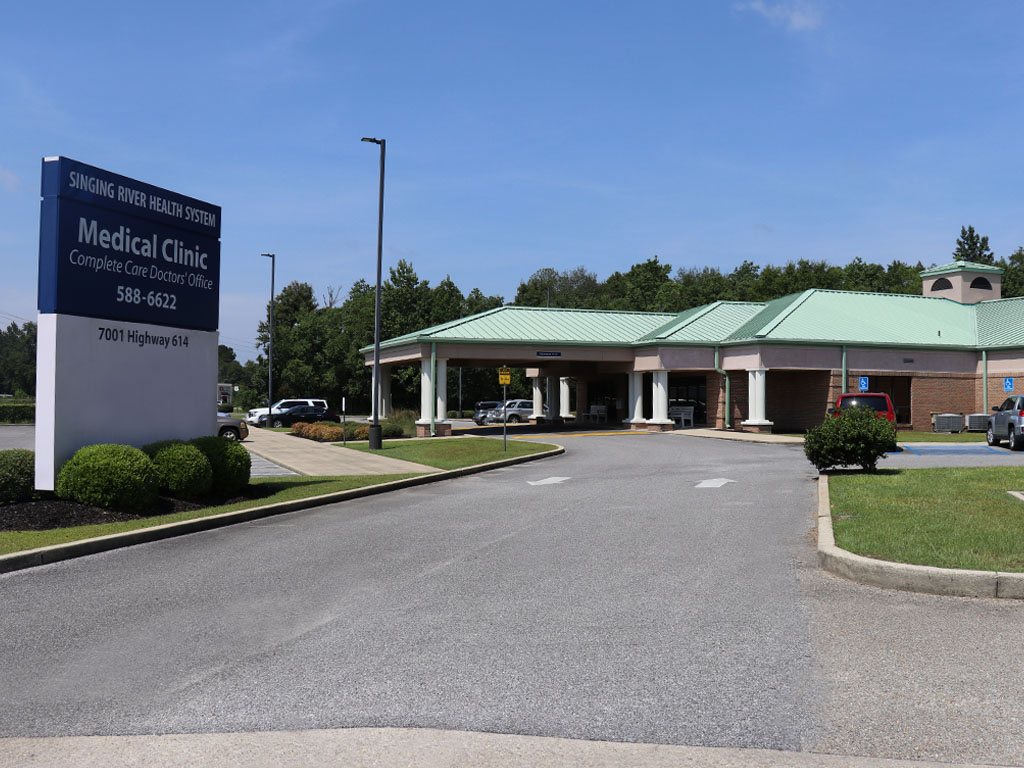Leading Tips for Choosing the Right Clinic for Your Urgent Care Needs
Leading Tips for Choosing the Right Clinic for Your Urgent Care Needs
Blog Article
Just How Urgent Treatment Clinics Enhance Accessibility to Health Care for Sufferers With Immediate however Non-Emergent Medical Requirements
Immediate treatment centers have become a crucial part in the medical care landscape, dealing with the needs of patients that need immediate attention for non-emergent problems. By operating beyond typical office hours and offering a structured technique to minor injuries and illnesses, these centers not only lower the problem on emergency divisions however also boost overall person accessibility to timely treatment. As we consider the effects of this design, it comes to be necessary to analyze just how urgent treatment centers are changing client experiences and end results in manner ins which warrant additional expedition.
Role of Urgent Treatment Clinics
Urgent care facilities play a vital role in the health care system by providing instant and obtainable medical solutions for non-life-threatening conditions. These centers function as a necessary bridge between main treatment companies and emergency situation departments, successfully alleviating the problem on hospitals while making sure people receive timely treatment. By running expanded hours, including weekend breaks and nights, urgent care centers deal with people that may not have the flexibility to check out a typical doctor's office during common organization hours.
The spectrum of services provided at urgent care centers consists of therapy for small injuries, ailments, and analysis solutions such as X-rays and research laboratory examinations. This breadth of treatment allows patients to deal with a variety of health and wellness issues without the long wait times usually related to emergency situation spaces. Moreover, immediate care facilities typically utilize a diverse team of healthcare professionals, including medical professionals, registered nurse experts, and medical professional aides, that are geared up to deal with various medical scenarios.
Benefits of Immediate Access

Additionally, immediate accessibility lowers the problem on health care companies and emergency departments by drawing away less vital cases to ideal setups. This reduces congestion in emergency situation spaces, permitting those with real emergencies to obtain the immediate care they need without unneeded delays.
In addition, the ease of extensive hours and walk-in schedule indicates that clients can seek treatment without the need for consultations, which is especially useful for individuals with uncertain schedules or those that may experience sudden health and wellness issues. - Urgent Care
The access of urgent treatment centers cultivates a positive approach to wellness, encouraging individuals to seek clinical advice and therapy sooner as opposed to later. This not only boosts client contentment however additionally promotes a society of preventive care, inevitably resulting in much healthier communities.
Comparison With Emergency Situation Rooms
Often, individuals discover themselves not sure whether to check out an immediate treatment center or an emergency situation space when faced with a medical problem. Urgent care clinics are designed to address immediate but non-emergent clinical worries, such as small injuries, infections, or health problems.
On the other hand, emergency clinic are geared up to handle deadly situations and extreme clinical emergency situations, such as heart assaults, strokes, or major injury. These centers use sophisticated diagnostic devices and expert examinations, which can result in longer wait times for people with much less vital issues. Usually, emergency clinic tend to be extra expensive than urgent care facilities, making immediate care an extra cost-efficient choice for non-emergent needs.
Inevitably, while both urgent treatment centers and emergency areas play important roles in the health care system, understanding their corresponding functions permits individuals to choose the proper setting based upon the urgency and nature of their clinical issues.
Solutions Offered by Urgent Treatment
Urgent care facilities offer a vast range of solutions tailored to attend to non-emergent medical requirements, making them a hassle-free choice for people seeking timely focus. These facilities are furnished to handle different problems, including minor cracks, strains, and lacerations, which require instant treatment but do not require emergency situation room intervention.
In addition, immediate care centers supply diagnostic services such as X-rays and lab examinations, enabling quicker assessment and treatment of ailments. Patients typically existing with usual ailments like colds, influenza, and infections, which can be effectively taken care of on-site. Moreover, urgent care facilities regularly give preventive services, including vaccinations and health and wellness screenings, contributing to general public wellness.
Another key service offered is the management of chronic conditions exacerbated by acute symptoms, such as bronchial asthma or diabetes mellitus, ensuring people obtain prompt treatment without overwhelming emergency services. Many clinics additionally expand their hours past standard office schedules, enhancing accessibility for people that may require treatment throughout evenings or weekends.
Improving Client Outcomes

Urgent care facilities resource are furnished to deal with a series of non-emergent clinical concerns, including minor injuries, infections, and ailments. Their concentrate on easily accessible, premium care permits clients to receive preventative solutions and suitable therapies, promoting better wellness administration. Moreover, these facilities typically employ a multidisciplinary technique, integrating numerous healthcare specialists to guarantee thorough care.
Client education and learning is also a crucial part of enhancing end results. Urgent care providers often supply guidance on follow-up care, preventative measures, and way of life alterations, empowering individuals to take an energetic role in their health. The combination of immediate access, professional care, and individual education and learning not just boosts contentment but also leads to improved long-term health outcomes, reinforcing the value of urgent care clinics in the healthcare continuum.
Conclusion
In summary, urgent treatment facilities offer an essential duty in boosting health care gain access to for clients with instant, non-emergent medical needs. By giving prompt solutions outside standard office hours and reducing wait times, these facilities properly ease stress on emergency rooms. The series of solutions used adds news to improved person results, promoting proactive wellness administration. Ultimately, immediate treatment facilities are essential in linking the space between medical care and emergency solutions, guaranteeing efficient and obtainable medical care for neighborhoods.
On standard, emergency spaces often tend to be much more pricey than urgent treatment blog here clinics, making immediate treatment a much more cost-effective choice for non-emergent demands. (Urgent Care)

Inevitably, urgent treatment centers are vital in linking the gap between key care and emergency solutions, ensuring accessible and effective medical care for communities.
Report this page